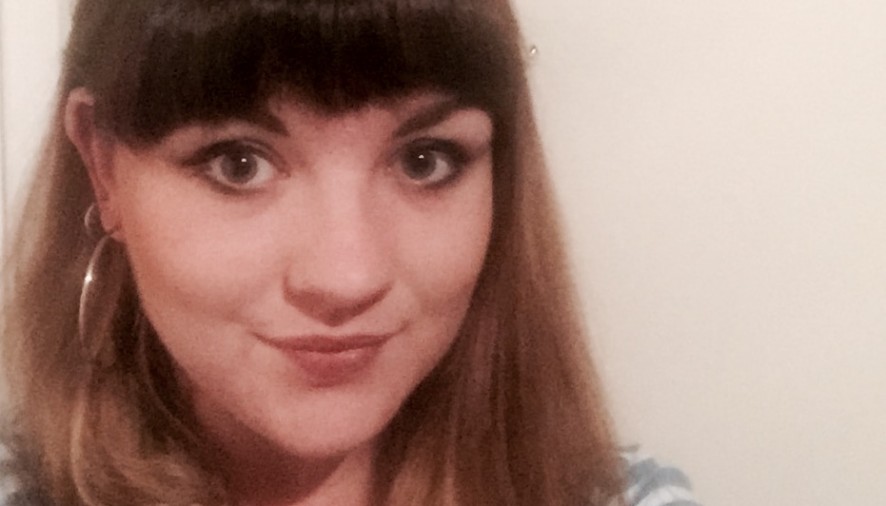If I had a pound for each time I heard the term ‘OCD’ used out of context, I’d be a rich woman.
Amongst friends, family and even through the media, I’ve heard phrases such as: “Oh I’m so OCD, I always need to fluff my pillows before guests arrive”; “I’m sorry the house isn’t immaculate – I’m just not OCD you see” and “Oh I always need to ensure my DVDs are in alphabetical order, I’m just dead OCD me”. No, no and absolutely not.
It’s time for us to remove the stereotypes and misconceptions of this disease. Obsessive Compulsive Disorder is a condition which incites just that; disorder. And lots of it. The Obsessive-Compulsive component of the cycle simply refers to obsessive thoughts which provoke intense anxiety, and the compulsive behaviour that one adopts to appease said anxiety. These obsessions can vary, despite most people thinking that they surround contamination and germs (the medical terminology for this condition is actually mysophobia), with the compulsive behaviour being hand washing.
But my god, how wrong you all are. Yes mysophobia is crippling, yes compulsive hand washing is really traumatic for the person dealing with it, but there are so many more forms of OCD that nobody even thinks twice about.
Imagine if every word or sentence you saw or heard had to be divisible by the number four. Imagine if when you add up the number of letters in a long word or sentence, they were not divisible by four which resulted in you getting stressed. What to do?! Panic! But it’s okay, so long as there are some symmetrical letters to be taken out in the preferable order of O, I and S.
I’ll tell you now, it’s tiring. It’s exhausting, but that’s just one way my OCD manifests itself. Another is consistently having intrusive thoughts about harming myself and others, another is my compulsive skin picking. My diagnosis of OCD is based on my habitual obsessive thinking, alongside compulsive behaviour in an attempt to relieve my crippling anxiety. Not because I’m super clean, tidy or organised. In fact, my room is quite often a bit of a mess…
According to the NHS Choices website, some of the most common Obsessive thoughts include: fear of deliberately harming yourself or others – for example, fear you may attack someone else, even though this type of behaviour disgusts you; fear of harming yourself or others by mistake or accident – for example, fear you may set the house on fire by accidentally leaving the cooker on; fear of contamination by disease, infection or an unpleasant substance; a need for symmetry or orderliness – for example, you may feel the need to ensure all the labels on the tins in your cupboard face the same way. The most common Compulsive behaviours include: cleaning and hand washing; checking – such as checking doors are locked, or that the gas or a tap is off; counting; ordering and arranging; hoarding; asking for reassurance; repeating words silently and extensively “overthinking” to ensure the feared consequence of the obsession does not occur. For example, if you fear you may act violently; thinking “neutralising” thoughts to counter the obsessive thoughts; avoiding places and situations that could trigger obsessive thoughts.
Now, I’m not scaremongering. You might read this and panic because you occasionally seem over-cautious, you have certain unusual habits or you just happen to be a neat and tidy person. The key is to not use the obsessions or behaviours as diagnostic tools alone – for me, the most important way to measure if you suffer from a degree of OCD is the level of anxiety you encounter amidst this cycle of thoughts and responding behaviour.
The good news is, there are proven treatments known to help in the recovery from OCD, and lots of charities that promote them. The charity OCD Action works tirelessly to ensure a better deal for those who live with the condition.
Don’t forget, you’re not a weirdo. You’re just wired a bit differently.
Hannah Lewis

